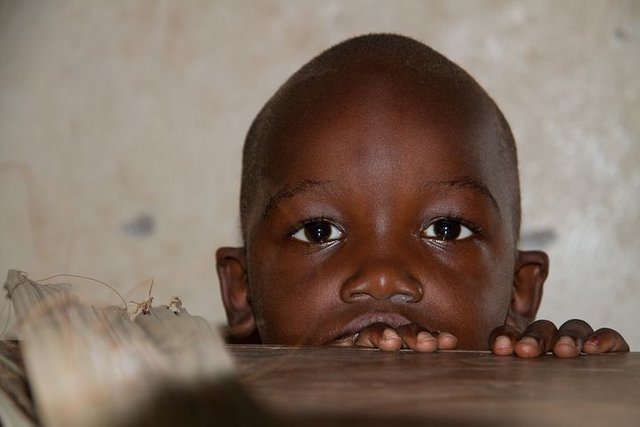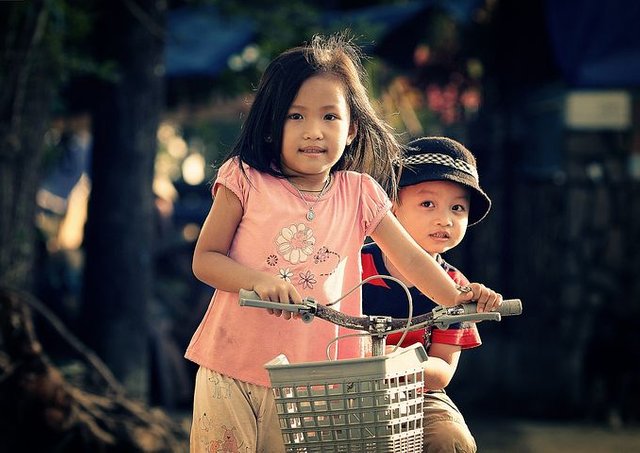Children's Homes: Providing a Safe and Supportive Environment

Children's homes, also known as residential care facilities, provide a safe and supportive living environment for children who are unable to live with their biological families. These homes can be a temporary or permanent living arrangement for children and are typically staffed by trained caregivers who provide around-the-clock supervision and support.
There are many reasons why a child may need to live in a children's home. Some children may come from abusive or neglectful homes and need a safe place to live. Others may have disabilities or medical conditions that require specialized care and support. Some children may be in the foster care system and be waiting to be placed with a permanent adoptive family.

No matter the reason, children's homes aim to provide a warm and welcoming environment for children to thrive and grow. Caregivers work with each child to create an individualized care plan that addresses their specific needs and helps them reach their full potential. Children living in a children's home may also have access to educational and recreational activities, as well as medical and mental health services.
While living in a children's home can be a challenging experience, it can also be a positive and enriching one. Children's homes provide a sense of belonging and community, and can offer children the opportunity to form strong and supportive relationships with their caregivers and peers.
If you are interested in supporting children's homes or becoming a caregiver, there are many ways you can get involved. You can donate money or supplies, volunteer your time, or consider becoming a foster parent or adoptive parent to a child in need. Every little bit helps to create a better future for these children.
There are several different types of children's homes, including:
Group homes: Group homes are small, residential facilities that typically house a small number of children, usually six or fewer. Group homes are often staffed by trained caregivers who provide around-the-clock supervision and support.
Shelter homes: Shelter homes provide temporary housing for children who have been removed from their homes due to abuse or neglect. These homes are typically short-term living arrangements and may be operated by government agencies or non-profit organizations.
Residential treatment centers: Residential treatment centers are specialized facilities that provide care for children with mental health or behavioral issues. These centers may offer therapy, medication management, and other forms of treatment to help children manage their conditions.
Boarding schools: Boarding schools are educational institutions that provide residential accommodations for students. These schools may be a good option for children who have learning differences or who need a more structured learning environment.
Benefits of Children's Homes

Children's homes can offer many benefits to children, including:
Safety: Children's homes provide a safe and secure living environment for children who may not have a safe place to live.
Support: Children's homes are staffed by trained caregivers who can provide the support and guidance children need to thrive.
Education: Many children's homes offer educational and recreational activities to help children continue learning and growing.
Health care: Children living in children's homes may have access to medical and mental health care services.
Sense of belonging: Children's homes can provide a sense of belonging and community for children who may not have a supportive family environment.
Drawbacks of Children's Homes
While children's homes can provide many benefits, there are also some drawbacks to consider:
Separation from family: Children living in children's homes may be separated from their biological families, which can be a difficult and emotional experience.
Lack of privacy: Children living in group homes or residential treatment centers may have limited privacy and may have to share a room with other children.
Structure: Children's homes may have strict rules and routines, which can be a challenging adjustment for some children.
Cost: Children's homes can be expensive, and families may have to pay out-of-pocket or seek financial assistance to cover the cost of care.
Overall, children's homes can be a valuable resource for children who are unable to live with their biological families. They provide a safe and supportive living environment and can help children reach their full potential.